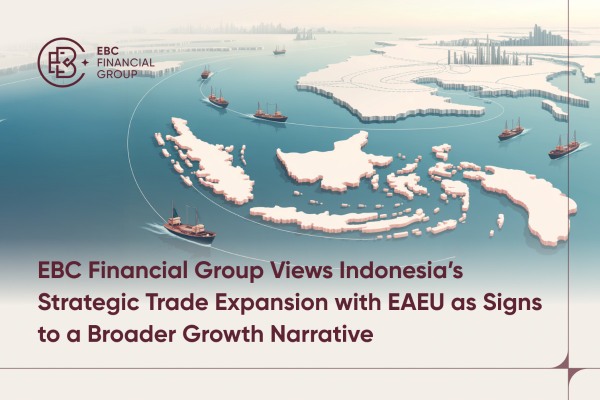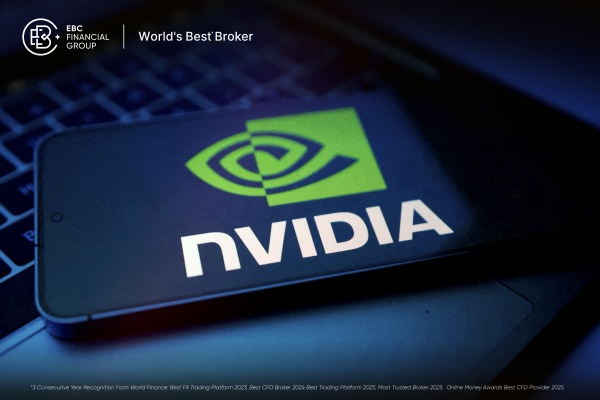Buying stocks is buying companies, so if you want to invest in stocks, you need to look at the profitability of the company. The very simple truth is: choose the good profitability of the company stock in order to follow the profit. So, as an investor, you must know profitability indicators.

What do profitability indicators reflect?
Profitability indicators are used to evaluate the profit-generating ability of a company or investment portfolio. They reflect the profitability of financial institutions or investment portfolios and help analysts, investors, and corporate management assess the ability of an entity to generate profits during a specific period. They provide information about the ability of a financial institution or investment portfolio to earn profits during a specific period.
For example, they can help assess the economic condition of a financial institution or investment portfolio. If the value is positive, it indicates that the financial institution or investment portfolio made a profit during a specific period, whereas a negative value indicates a loss. This helps determine whether the financial institution or investment portfolio is profitable and the level of profitability.
They are also an important basis for evaluating the financial health of a financial institution or investment portfolio. Healthy profitability implies that a financial institution or investment portfolio has enough funds to cover expenses, service debt, and create value for shareholders.
They can help analyze the level of risk associated with financial institutions or investment portfolios. Lower profitability may indicate a higher level of risk, as it may be more challenging for the financial institution or investment portfolio to cover expenses and debt.
They enable investors to compare different financial institutions or investment portfolios. This helps investors identify which financial institutions or investment portfolios perform better in terms of profitability, allowing them to make more informed investment decisions.
Financial institutions or investment portfolios can use them to guide their strategic decisions. For instance, if profitability falls below expectations, they may need to take measures to improve profitability, such as reducing costs, increasing sales, or reassessing their portfolio.
How many profitability indicators are there?
| Indicators |
Description |
| Net Profit Margin |
The ratio between net profit and total revenue |
| Gross profit margin |
The difference between total revenue and direct costs |
| EPS |
The level of profitability of common stock |
| ROE |
Rate of return to shareholders |
| Return on Assets |
The rate of return on the total assets of the enterprise |
| NAV |
The net asset value of the fund per share |
| Return on Capital |
The efficiency of the firm in using invested capital to earn profits |
| Net Interest Margin( NIM) |
The level of net profit after deducting costs from interest income |
Profitability indicators in three categories
Profitability is a key aspect of a company's financial performance, reflecting its ability to generate profits and its financial health. Typically, profitability indicators fall into the following three major categories:
Gross Profit Indicators: These include gross profit margin and gross profit. The gross profit margin reflects the profitability of sales of products or services after deducting direct costs related to production or provision. Gross profit is total revenue minus the direct costs associated with the production of a product or the provision of a service, which is the profit a company makes before other expenses are considered.
Net Profit Indicators: These include net profit and net profit margin. Net profit is the final profit a company makes after subtracting all expenses, including operating costs, interest, taxes, etc. The net profit margin reflects the level of net profit after deducting all expenses (including indirect costs and taxes) as a percentage of total revenue.
Return on Investment (ROI) Indicators: These include return on investment, return on capital (ROC), and return on equity (ROE). Return on investment (ROI) reflects the profitability of an investment project, typically calculated as the ratio of net profit to the cost of investment. Return on capital (ROC) reflects the efficiency of the company's use of capital (including debt and equity) relative to net profit and is a profitability indicator related to capital structure. Return on equity (ROE) reflects the profitability of shareholder investments, typically calculated as the ratio of net profit to shareholders' equity.
Profitability indicator formula
| Indicators |
Calculation formula |
| Gross profit margin |
(gross profit/total revenue) x 100 |
| Net Profit Margin |
(Net profit/total revenue) x 100 |
| Earnings Per Share |
Net profit/number of common shares |
| Return on equity |
(Net profit/shareholders' equity) × 100 |
| Return on Assets |
(Net profit/total assets) x 100 |
| Return on Capital |
(Net profit/total capital) x 100 |
| Net Interest Margin |
(Net interest income/total assets) x 100 |
| Risk-Adjusted Return |
Complex model calculations are required, such as the Sharpe ratio and the Tenoray ratio. |
What Does It Mean When Profitability Indicators Are Negative?
When profitability indicators are negative, it typically indicates that a company or investment portfolio is experiencing a loss, meaning it incurred losses during a specific period instead of making a profit. This may result from various reasons, depending on the specific circumstances, but it usually signifies one or more of the following:
Loss: The most straightforward interpretation is that, after considering all expenses and costs, the company or investment portfolio generated a negative net profit, indicating a loss.
Non-Profitable Phase: A negative value may indicate that the company or investment portfolio is going through a non-profitable phase, which could be due to factors such as high start-up costs, market cyclicality, marketing investments, or other causes.
Poor economic conditions: If a business or portfolio has sustained losses over a long period of time, this may indicate that they face serious economic problems, such as poor operational management, competitive pressure, high debt, or an unhealthy financial structure.
Portfolio risk: In the case of a portfolio, negative profitability can indicate that an investor has sustained a loss, which is often associated with market volatility, bad investment decisions, or improper risk management.
A negative profitability indicator serves as a warning signal, prompting investors to further analyze and investigate the financial condition of the company or investment portfolio and find corrective measures. While losses may sometimes be temporary, they can also indicate a serious issue that requires urgent action to salvage the company or investment portfolio.
Disclaimer: This material is for general information purposes only and is not intended as (and should not be considered to be) financial, investment, or other advice on which reliance should be placed. No opinion given in the material constitutes a recommendation by EBC or the author that any particular investment, security, transaction, or investment strategy is suitable for any specific person.



























